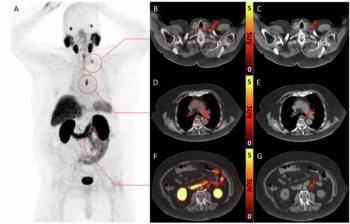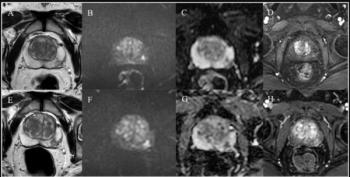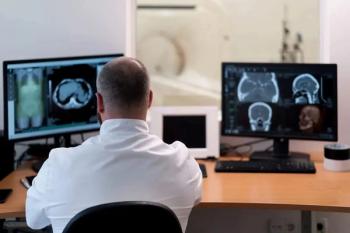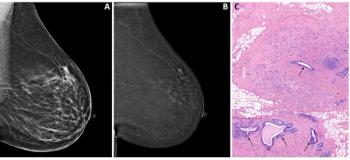
U.S. Supreme Court turns deaf ear to GE’s appeal of Fonar patent verdict
It may finally be time for MRI developer Fonar to break out the champagne. Without comment, the U.S. Supreme Court on Oct. 6 declined to hear General Electric's final appeal of a multimillion-dollar judgment levied against the Milwaukee company for
It may finally be time for MRI developer Fonar to break out the champagne. Without comment, the U.S. Supreme Court on Oct. 6 declined to hear General Electric's final appeal of a multimillion-dollar judgment levied against the Milwaukee company for infringing on patents held by Fonar.
The announcement all but completes the final act in Dr. Raymond Damadian's campaign to defend his company and inventions against the multinational corporations that now dominate the industry he pioneered. His legal victories give Fonar a new lease on life, with $77 million in cash from its share of the GE judgment, as well as payments and ongoing royalties from out-of-court settlements in 1995 and 1996 of similar patent infringement claims against Hitachi Medical Systems America, Philips Medical Systems North America, and Siemens Medical Systems.
Fonar's claims stem from two patents involving basic MRI technology. One covers multiangle oblique (MAO), a pulse sequence that acquires several image slices of the body at different angles in a single scan. The other describes how T1 and T2 values that are translated into images with MRI can be used to detect cancer.
Fonar officials reacted to the Supreme Court announcement with jubilation. Work ceased in mid-afternoon on the day of the decision and the company's 400 employees gathered for a celebration that extended into the night at the vendor's headquarters in Melville, NY.
"We are delighted," Damadian said. "This is a vindication of almost 30 years of labor in this field. This decision should give inventors everywhere encouragement. It demonstrates that the patent system can work as intended and that our judicial system wants it to work."
For Fonar attorney Ronald Schutz, there was nothing novel about the case. The award itself, however, is the largest jury verdict in a patent case ever to be upheld on appeal, he said.
"GE simply infringed on our patents and got whacked for it," Schutz said.
GE officials declined to answer questions. The company's only response was a two-sentence written statement.
"We firmly believe that our MRI machines don't infringe on any Fonar patents, and we believe that the damages were excessive. However, the Supreme Court decision is final and the amount was paid earlier this year," it said.
One legal recourse remains open to GE. The company has 25 days to petition for a rehearing of the Supreme Court's decision, according to Schutz, a partner in the Minneapolis law firm of Robins, Kaplan, Miller and Ciresi. Fonar continues to pursue its patent infringement claims against Toshiba America Medical Systems. That case is in active litigation, but a trial date has not been set, Schutz said.
The court's rejection of GE's appeal means the loss of claims GE held over the $128.7 million in penalties and interest that it paid to Fonar in July (SCAN 7/9/97). GE will also be barred from using the MAO sequences on its equipment. It appears that this injunction will not affect manufacturing at GE, however. Fonar has received unconfirmed reports from GE that its current generation of MR equipment does not use the MAO technique, Schutz said.
Speculation in the financial markets over the final deposition of the Fonar case played itself out before receipt of the actual news. Trading of Fonar shares on the NASDAQ exchange was relatively heavy at 1.4 million shares on Oct. 6, but the stock's value remained close to $4 per share. The stock saw considerable movement in the preceding month, however, as its value rose one-third from $3 per share in early September.
After deducting attorneys' fees and related expenses, Fonar is left with $77 million of the $128.7 million of accrued penalties and interest, according to Damadian. He has yet to determine exactly how the money will be spent, although provisions will be made to fill unmet needs in Fonar's production facilities and sales and marketing areas, he said.
"We have to decide where we are going to put the various pieces, but a healthy chunk is going to R&D. We will be hiring people," he said. "This means we will have the capital to do a lot of things we want to do, such as expanding MRI's role in therapy and MRI-guided surgery."
Newsletter
Stay at the forefront of radiology with the Diagnostic Imaging newsletter, delivering the latest news, clinical insights, and imaging advancements for today’s radiologists.






























